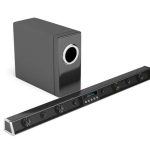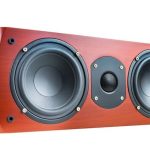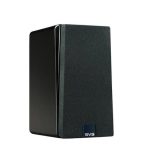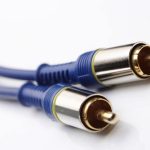Amplifiers are commonly used in most sound systems. An amp comprises of a series of circuits that strengthen an audio signal in the form of an electric current. Basically, an amp takes in a weak audio signal and amplifies it to output a stronger signal. It does this by increasing the amplitude of an audio signal, thereby making the signal more powerful.
While amplifiers are designed to make audio signals more powerful, they’re built differently. They come with different modes of operation that bring about different types of amplifiers, each with a specific area of application. Here’re the different types of amplifiers and their applications:
Power Amplifiers
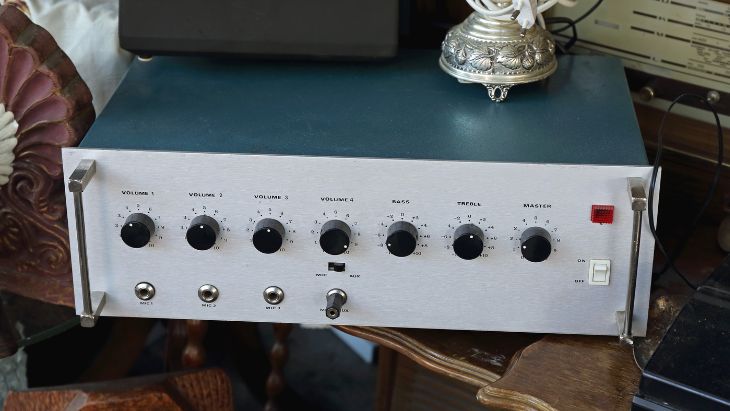
Power amps are a type of amplifier that are specifically designed to enhance the power of an input signal such that it gets boosted to a magnitude that can drive a load at the output. Power amps are designed to power the load at the output directly. The input signal that goes into a power amp has to be higher than a specific threshold. As such, a signal has to be pre-amplified by a voltage or current amp before being sent to a power amp.
Power amplifiers are mainly used in applications that depend mostly on efficiency and power output such as in Hi-Fi audio systems, wireless transmitters, and broadcast transmitters. In these areas of application, a lot of power is needed with low impedance. For instance, long-range antenna transmission requires a lot of power, and this makes power amps the ideal choice for such transmission.
There’re certain types of power amplifiers that are categorized depending on the kind of load connected. These power amps include:
i. Audio power amps
These type of amps are sub-type of power amps since they are designed to increase the power of a weak audio signal in terms of magnitude. Audio power amps are mainly used in circuits that power the speakers in mobile phones and televisions.
ii. Direct-coupled amps
This sub-type of power amps is popularly known as DC amplifiers. They are mainly used in amplifying the power of pulse width modulated signals. They amplify direct-coupled frequencies. Direct-coupled frequencies are extremely low frequencies. The power output of one stage in the amplification process is coupled with the power input of the consecutive stage.
DC amps are mainly used in electronic measuring instruments and control systems that require high-powered signals to drive their actuators or motors. These amps take input power from a microcontroller system and boosts the power to feed the actuators or motors.
iii. Radio frequency (R.F) power amps
These power amps work by increasing the magnitude of the power of low-frequency radio signals. This makes them ideal for driving wireless transmitter antennas. R.F amps are designed as tuned amplifiers such that the frequency is controlled by tuning the circuit. The circuit is adjusted depending on the application of the amp. In this case, there’s low gain and low resistance. Since these amps have low noise issues, they’re ideal for use in driving transmitter antennas.
The range of radio signal transmission is dependent on the power of the signal fed to the radio antenna. Wireless transmission such as FM radio transmission requires the antenna input to have extremely high-powered signals. In this case, R.F power amps are used to boost the power of the radio waves to a level that can allow the transmitter to reach the required distance of transmission.
Voltage Amplifiers
Voltage amps are specially designed to amplify the amplitude of a signal’s voltage. They are ideal for applications that require working with a voltage of a certain level. As such, they’re ideal for use in applications such as strengthening the voltage of an audio signal prior to sending it to a speaker. Amplification relies on transistors. They’re mainly used in radios to strengthen weak radio signals received by the antenna.
Intermediate Frequency Amplifiers
The function of this type of amps is to amplify the voltage of radio, radar, and TV signals before the sound or video information is demodulated from a radio signal. These amps operate at a lower frequency than the one received by an audio signal. However, they output stronger video and audio signals.
Ultrasonic Amplifiers
The role of ultrasonic amplifiers is to boost the strength of ultrasonic waves. Ultrasonic waves exist in the range of 20 kHz to 100 kHz. These amps are ideal for remote control systems, ultrasonic cleaning, and ultrasound scanning. Each kind of application operates within a certain ultrasonic frequency range.
Video Amplifiers
Another type of amps is video amplifiers. Video amps are designed for enhancing the quality of video signals and displaying video in higher resolution. Video signals carry data about radar and TV systems. They’re mainly used for amplifying signals received from computer screens and DVD players. They’re also used in amplifying the quality of video in small car TV screens.
Operational Amplifiers
Operational amplifiers are extremely important in the world of signal amplification. These amps comprise of an IC that works as a voltage amp. The IC usually has a negative and positive input (two inputs) and a single output with high gain. These amps are used in performing mathematical operations on voltage.
Wideband Amplifiers
This kind of amps is designed to amplify wide frequency bands. They typically amplify direct-coupled frequency to several megahertz. Wideband amps are used for applications that require accurate measurement of signals over wide frequency ranges such as in oscilloscopes and other such equipment.
Transistor Amplifiers
Transistor amps are yet another type of amplifiers. Transistors are electronic devices that strengthen the current or voltage of an input signal. Transistors come in two different designs, which are field effect transistors (FET) and bipolar junction transistors (BJT). FET amps control the voltage at the drain and source whereas BJT amps control current at the collector and emitter.
Buffer Amplifiers
The buffer type of amplifiers is used for transforming electrical impedance between different circuits. They’re ideal for isolating different circuits. This type of amps have higher impedance at its input and lower impedance at its output. They’re commonly used in soundcards.
Conclusion
There’re several types of amplifiers manufactured today. Their designs are always improved to make them perform better for their specific applications. As you can see, different types of amplifiers are used for different applications. Nevertheless, they’re all designed to amplify the current, voltage, or power of an input signal to output a stronger signal for a specific use.
Michael Evanchuk is a San Francisco-based sound engineer with 20 years’ experience installing, troubleshooting, and repairing commercial, automotive, and household sound equipment. Evanchuk owns an auto stereo center, where he offers highly competitive car audio installation and repair services. He has written dozens of articles on different sound engineering topics, all of which have been published in leading journals, blogs, and websites.


